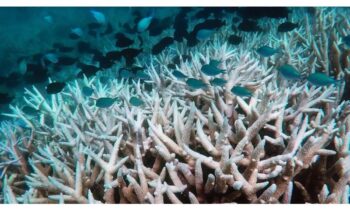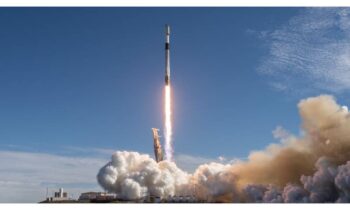
Updates on the Starliner’s postponed return to Earth will be discussed at a conference call on Thursday by Boeing and NASA. This comes after ground testing of the thruster, which failed during docking at the ISS.
Managers from Boeing and NASA’s commercial crew programs will be on the call, which, according to a statement on the agency’s website, will “provide the latest status” of the Starliner mission.
The first results of recent testing on the Starliner’s malfunctioning thrusters will also be discussed by the two.
At the White Sands Test Facility in New Mexico last week, a new Starliner control system thruster underwent “hot fire testing” by the engineering teams of NASA and Boeing.
At the White Sands Test Facility in New Mexico last week, a new Starliner control system thruster underwent “hot fire testing” by the engineering teams of NASA and Boeing.
The experiment consisted of “firing the engine through similar in-flight conditions the spacecraft experienced during its approach to the space station, as well as various stress-case firings for what is expected during Starliner’s undocking and the deorbit burn that will position the spacecraft for a landing in the southwestern United States.”
Boeing stated that the test was conducted “so teams could get a better understanding of why some thrusters were deselected in-flight and what, if any impacts, returning those thrusters to service could have on the remainder of the crew flight test.”
Boeing was alluding to the thrusters that abruptly stopped working while the Starliner was docking.
On June 5 astronauts Butch Wilmore and Sunita Williams launched the Starliner on its first manned flight, which was designed as a “end-to-end” test to showcase the spacecraft’s capabilities.
But when they got closer to the International Space Station, a few of the Starliner’s thrusters failed because of what NASA described as “five small helium leaks in the spacecraft’s service model.”
A thruster underwent “one of the most stressing launch-to-docking firing sequences,” last week, with over 1,000 pulses applied to simulate circumstances for the crew flight test, according to Boeing.
Boeing stated that engineers will now “proceed with thruster disassembly and inspections,” and move toward preparing reviews for the Starliner’s return flight, expected to take place “in the coming weeks.”
The two astronauts were supposed to spend about a week aboard the International Space Station (ISS) and return to Earth on June 14. However, as ground teams work to determine what caused the failure, their scheduled return date has been postponed.
NASA reported that Williams and Wilmore have been “performing scientific research and maintenance activities” on the International Space Station (ISS) with the Expedition 71 crew while they wait for their inbound flight.
Boeing has clarified time and time again that the crew is not “stranded” and that the thruster problems were “not a concern” for the Starliner’s return trip to Earth, as reported by Newsweek.
During an ISS-broadcast news conference in mid-July, Sunita Williams expressed to reporters, “I have a really good feeling in my heart that the spacecraft will bring us home without any problems.”



